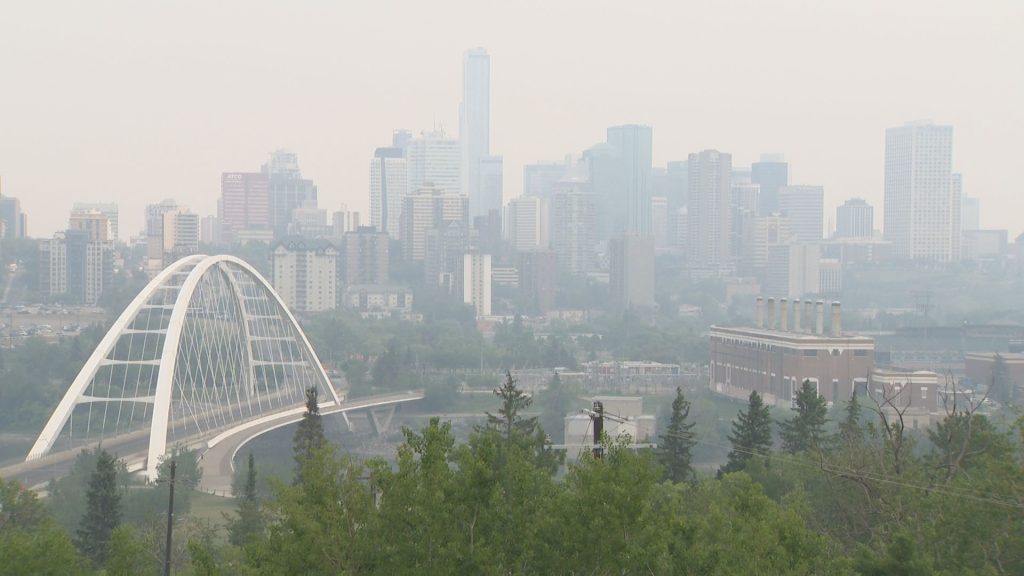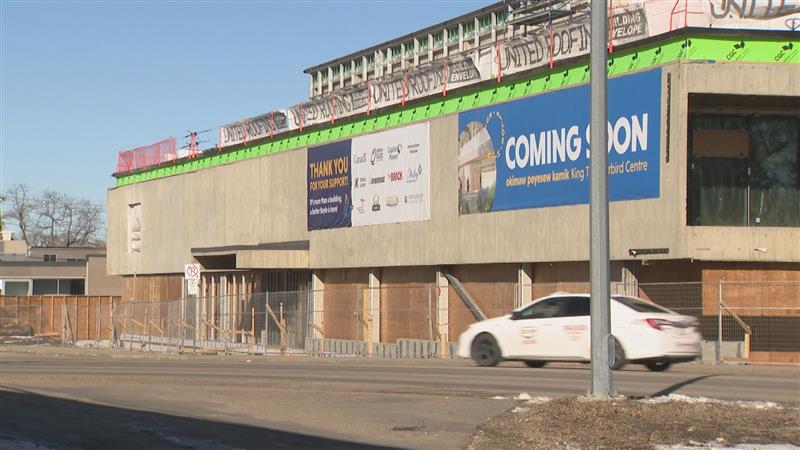How many Canadians have actually had COVID-19? Antibody survey looks to find out
Posted January 12, 2021 1:47 pm.
Last Updated January 12, 2021 2:47 pm.
TORONTO – If you think you may have contracted COVID-19 at some point last year but never got tested, you might be able to help Statistics Canada out.
As part of a joint project between the agency, Health Canada, the Public Health Agency of Canada, and the COVID-19 Immunity Task Force, thousands of kits are being mailed out to Canadians with the goal of learning more about the virus, how it’s spread, and how it’s impacting communities.
“Although this is a voluntary survey, we hope that people will see the importance of doing this survey and helping us get the data that will inform better public health response,” explains Peter Jiao with Statistics Canada.
People who choose to take part in the Canadian COVID-19 Antibody and Health Survey will be asked to fill out an electronic questionnaire. They will also receive the kit in the mail, which includes an at-home finger-prick blood test that can be self-administered. Researchers say the dried blood spot samples are then to be mailed back to the lab, which will determine the presence of COVID-19 antibodies, in the prepaid postage envelope included in the kit.
Related article:
-
LIVE MAP: COVID-19 vaccination trackers in Canada and the world
-
Negative COVID-19 test required to fly into Canada starting Thursday
-
Online calculator estimates when Canadians will get COVID-19 vaccine
People are asked to participate even if they think they haven’t been exposed to COVID-19. Again, participation is completely voluntary.
“In order for us to get a good representative picture of prevalence of COVID-19 antibodies in the population, including those who may not have experienced symptoms, we need a good response rate,” Jioa adds, noting all information will remain confidential.
Dr. Catherine Hankins, co-chair of COVID-19 Immunity Task Force, says while we do have daily case counts released, there are still many people who have been infected whom we may not know about.
“This will give us a full picture. It’s a random sample of the Canadian population and it includes all age groups, so it’s filling in pieces of the puzzle that are missing from the other studies that we’re doing,” she explains.
“What we’re going to be able to do is show where the concentration of infections has been. We don’t actually know for sure how many people have been infected in Canada,” Hankins notes.








